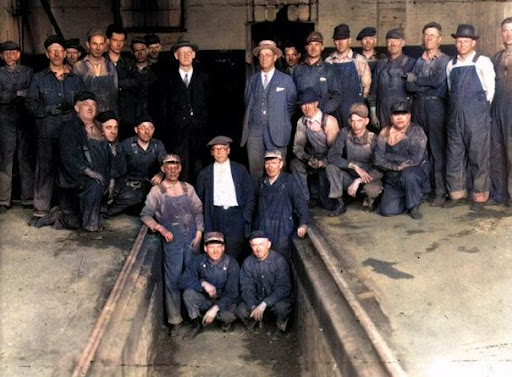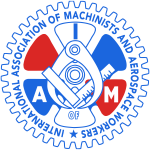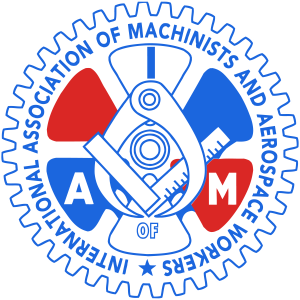 Our History
Our History
When 19 machinists, led by Thomas W. Talbot, decided to secretly meet in 1888 in a locomotive pit in Atlanta, Georgia, to cast their votes for the formation of a trade union, their strong will and courage to stand up against their employer was the caveat for what would be written and shared in history books with future generations.
The 19 men and their collective bargaining power shaped the power of workers during the twentieth century invoking change for the lives of railway workers of the American railroads. Most of the Machinist Union’s early organizing efforts were done by machinists who were earning 20 to 25 cents an hour for 10-hour workdays. These journeymen were known as boomers because they followed the railroads to towns that were booming. The boomers were part hobo, part skilled craftsmen, and were representing their trade union as the United Machinist and Mechanical Engineers of America.
Often, boomers had to communicate by a system of secret passwords or signals known only to other machinists. Union organizers not only risked being fired but also succumbed themselves to beatings and incarceration. The old-time boomers accepted these risks because of their dedication to their fellow machinists. Over time, their efforts were contagious resulting in an influx of more machinists chartering more lodges. By 1891, there were 189 lodges and their new name became known as the International Association of Machinists (IAM).
The first Machinists convention was held in 1889 in Georgia State Senate Chambers with 34 local lodges in attendance. One of our first victories was in 1898 when we successfully struck and earned a nine-hour workday followed by a second victory in 1915 for an eight-hour workday. 1911 was a celebratory year for the IAM in that we changed our constitution to allow unskilled machinists as well as women workers.
From its early days, nearly 126 years ago, the Machinists union faced challenges from companies, the government, and other labor groups. Today, we have grown into the largest international union and our members are the driving force behind the overall success of the country’s modern and reliable railroad transportation system. Because of the 19 men who were inspired to speak up and defend their rights as American workers, their vision continues to live on by the Machinist Union, to establish and protect working conditions, benefits, and a higher standard of living for machinists across the nation.





